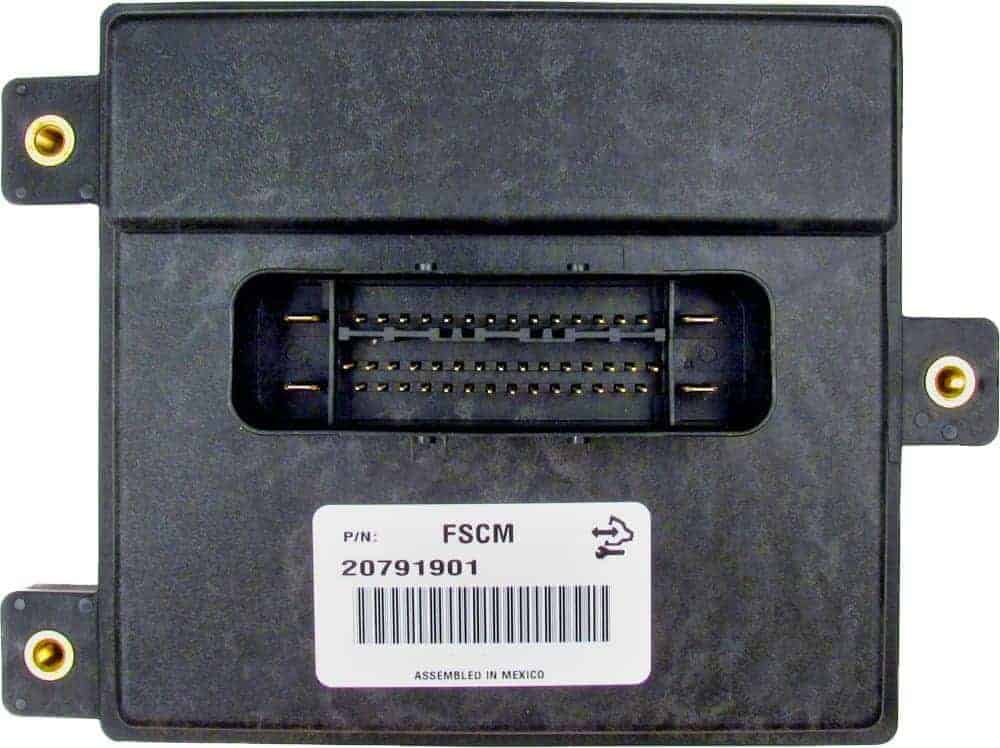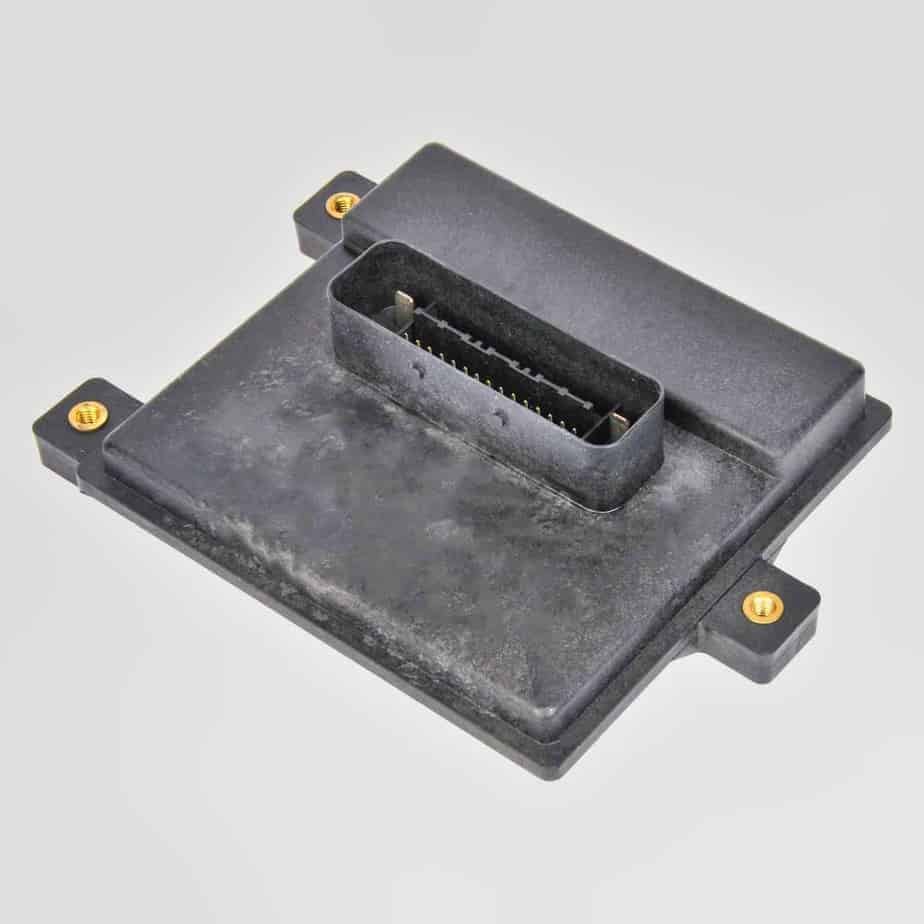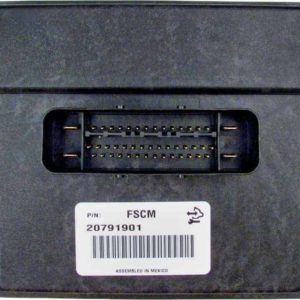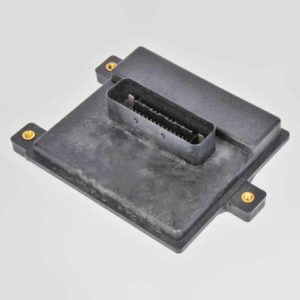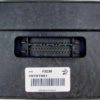Is Your GM Truck or SUV Stalling or Refusing to Start?
There’s nothing more frustrating than a vehicle that cranks but won’t run, or one that dies unexpectedly in traffic. For countless 2007-2009 GM truck and SUV owners, the culprit isn’t the in-tank fuel pump you might suspect. It’s a small but critical component: the Fuel Pump Control Module (FPCM), also known as the Fuel Pump Driver Module.
This module, often mounted on the frame rail, is exposed to harsh road conditions, leading to internal failure. When it fails, it can’t deliver the correct voltage to your fuel pump, causing a wide range of frustrating and intermittent fuel delivery problems. This isn’t just an inconvenience; it’s a safety issue. Our Programmed Fuel Pump Module is the definitive, reliable solution to get you back on the road with confidence.
Symptoms of a Failing FPCM:
If you’re experiencing any of the following, a bad FPCM is the likely cause. I’ve seen these exact issues in my shop hundreds of times on vehicles like the Silverado, Tahoe, and Escalade.
- ✔ Engine cranks but will not start.
- ✔ Vehicle starts and then stalls after a few seconds.
- ✔ Stuttering or hesitation during acceleration.
- ✔ Loss of power, especially under load (e.g., towing or going uphill).
- ✔ Check Engine Light with codes such as P069E or P0230.
- ✔ Inconsistent fuel pressure readings.
Expert Pro Tip: Check Before You Replace
Before installing your new module, take a moment to inspect the electrical connector and the module’s ground wire. These FPCMs are typically mounted to the vehicle’s frame, where they are exposed to moisture, salt, and dirt. I’ve often found that cleaning corrosion from the connector pins and ensuring a clean, tight ground connection can prevent future issues and guarantee a solid repair. A wire brush and some dielectric grease are your best friends for this job.
The Plug-and-Play Solution: No Dealer Required
The biggest headache with replacing modern electronic modules is the need for expensive dealership programming. We eliminate that step completely. Simply provide us with your vehicle’s 17-digit VIN during checkout, and we will flash this module with the latest, most stable GM software specific to your truck or SUV. It arrives at your door ready for installation.
Simple Installation Guide: Get it Done in Under an Hour
- Safety First: Disconnect the negative terminal from your vehicle’s battery.
- Locate the Module: On most trucks and SUVs (like the Sierra/Silverado/Tahoe), the FPCM is mounted on the driver’s side frame rail, near the spare tire. On other models (like the Traverse or Acadia), it may be on a rear crossmember.
- Disconnect and Remove: Unplug the electrical connector. Be gentle with the locking tab. Then, remove the bolts or nuts holding the old module to the frame.
- Install the New Module: Mount your new Programmed Fuel Pump Module in the same location and secure it with the original hardware.
- Connect and Finalize: Plug the electrical connector firmly into the new module until it clicks. Reconnect your battery terminal.
- Prime the System: Turn the key to the ‘On’ position (without starting) for 5-10 seconds to allow the fuel pump to prime. Start the vehicle and check for proper operation.
Frequently Asked Questions (FAQ)
Q: How do I provide my VIN?
A: You can add your 17-digit VIN in the notes section during checkout or send it to us in a message after your purchase. We cannot ship the module until we have your VIN to program it correctly.
Q: Is this part number 25866052 compatible with other part numbers?
A: Yes, this module is a direct replacement for several part numbers, including 13501024, 15213110, 20759945, 20850907, 25785013, 25854536, and 25967325.
Q: Will this fix a P069E trouble code?
A: The P069E code (Fuel Pump Control Module Requested MIL Illumination) is one of the most common indicators of a failed FPCM. In the vast majority of cases, replacing the module with this pre-programmed unit will resolve the code and the underlying issue.
Q: Do I need any special tools for installation?
A: No special tools are required. Basic hand tools, such as a socket set and ratchet, are all that’s needed for a typical installation. The most important part—the programming—is already done for you.
Q: What if I already replaced my fuel pump and the problem is still there?
A: This is a very common scenario. Many people mistakenly replace the expensive in-tank fuel pump first, only to find the FPCM was the real problem. This module is the next logical, and often correct, step in the diagnosis.
